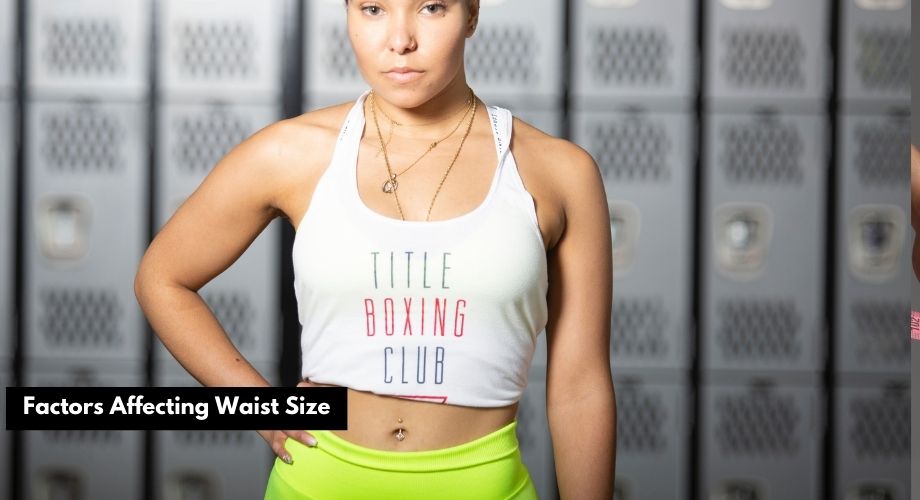The desire for a slim waist is common among many individuals, and some may wonder if it is possible to achieve a 21-inch waist naturally. In this article, we will explore the factors that contribute to waist size and discuss whether attaining a 21-inch waist is realistic or not. Let’s delve into the topic and gain a better understanding.
Table of Content
Factors Affecting Waist Size

- Body Structure: Each individual has a unique body structure, including bone structure and genetic predispositions, which can influence waist size.
- Body Composition: The ratio of fat, muscle, and other tissues in the body can affect waist circumference.
- Weight and Body Mass Index (BMI): The overall weight and BMI of an individual can impact their waist size, as excess weight tends to accumulate around the waistline.
| Factor | Description |
|---|---|
| Body Structure | Includes bone structure, hip width, and genetics, which determine proportions |
| Body Composition | Distribution of fat, muscle, and other tissues in the body |
| Genetic Predisposition | Genetic factors influencing body shape and waist size |
| Lifestyle Factors | Diet, exercise, and overall physical activity levels |
| Hormonal Factors | Hormonal imbalances or conditions affecting fat distribution |
| Age | Changes in metabolism and body composition as one ages |
| Gender | Men and women may have different natural waist size ranges |
| Health Conditions | Certain medical conditions or medications affecting weight and waist size |
Is a 21-Inch Waist Realistic?

While there is no universally defined standard for an ideal waist size, a 21-inch waist is considered exceptionally small. It is important to note that achieving such a small waist naturally may be extremely challenging and may not be realistic for most individuals due to various factors, including genetics and body structure.
The quest for a small waist size is a common desire, and some individuals may wonder if it is possible for anyone to naturally achieve a 21-inch waist.
In this section, we will explore the factors that contribute to waist size and discuss whether a 21-inch waist is attainable for everyone.
The Role of Health and Safety

It is crucial to prioritize health and safety when considering any body transformation goals. Rapid and extreme measures to achieve a significantly smaller waist, such as crash diets or excessive exercise, can have negative consequences on overall health and well-being. It is essential to approach waist size goals in a balanced and sustainable manner.
Challenges in Achieving a 21-Inch Waist
It is important to acknowledge that achieving a natural 21-inch waist can be extremely challenging for most individuals. There are several reasons for this:
- Body Structure: As mentioned earlier, body structure, including bone structure and hip width, is a determining factor in waist size. Some individuals may have wider hips or a broader frame, making it more difficult to achieve a significantly small waist size.
- Body Composition: While body composition can be influenced through a combination of exercise and healthy eating, it may not be possible for everyone to achieve a low body fat percentage that results in a 21-inch waist. Factors such as genetics and metabolism can impact body composition and fat distribution.
- Health Considerations: It is essential to prioritize health and well-being over a specific waist size goal. Extreme measures or unhealthy practices to achieve a small waist can have adverse effects on overall health, including nutritional deficiencies, hormonal imbalances, and mental health issues.
Focus on a Healthy Lifestyle
Rather than fixating solely on a specific waist measurement, it is more beneficial to concentrate on overall health and well-being. Adopting a healthy lifestyle that includes regular physical activity, balanced nutrition, and proper hydration can lead to positive changes in body composition and overall body shape.
Conclusion
While a 21-inch waist may be unrealistic for most individuals, it is important to remember that every body is unique, and focusing on overall health and well-being should be the priority. It is advisable to consult with a healthcare professional or a certified fitness expert who can provide personalized guidance and support based on individual needs and goals.




